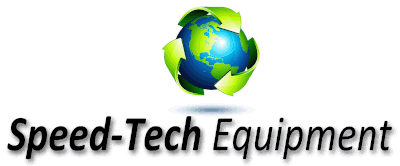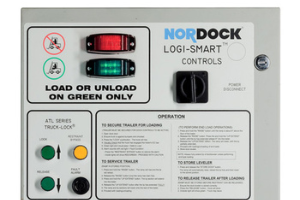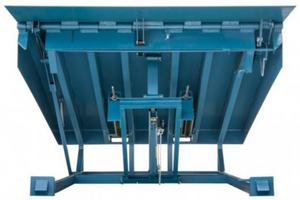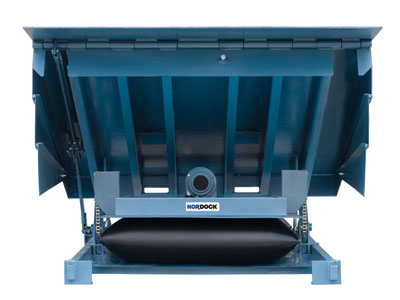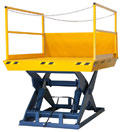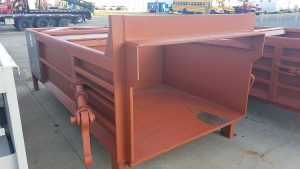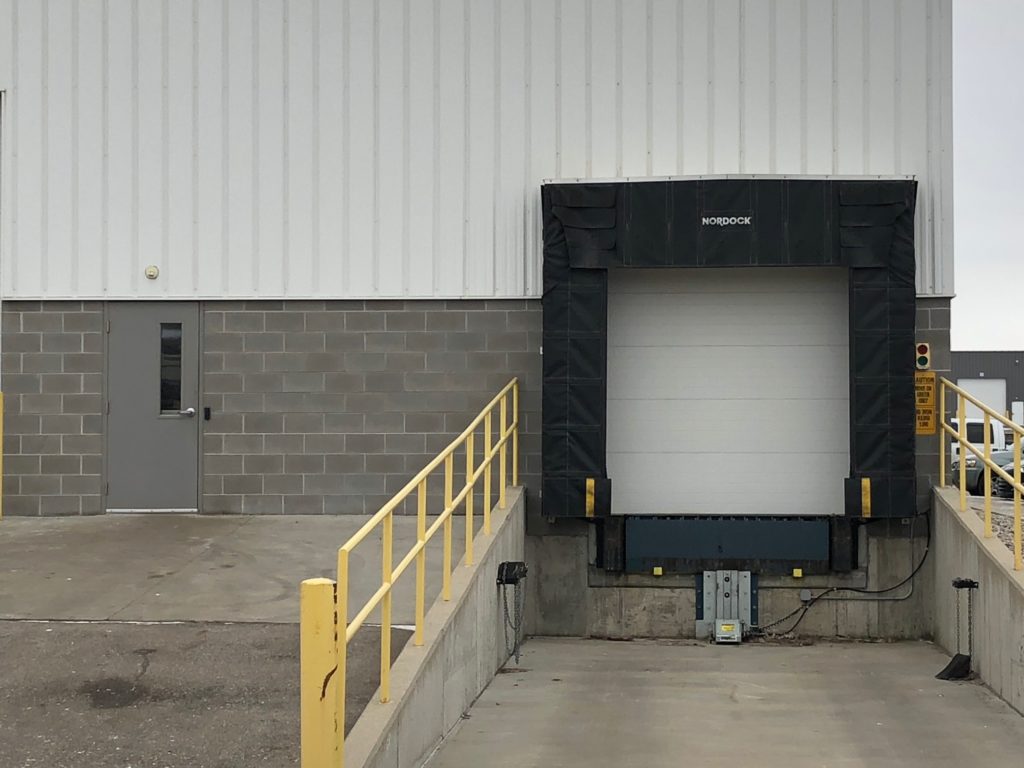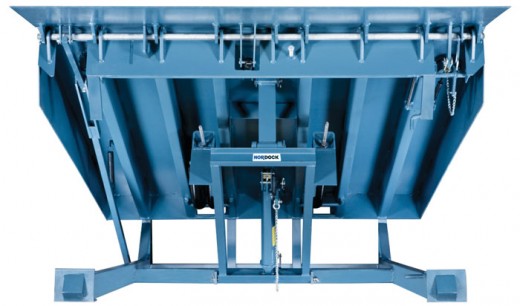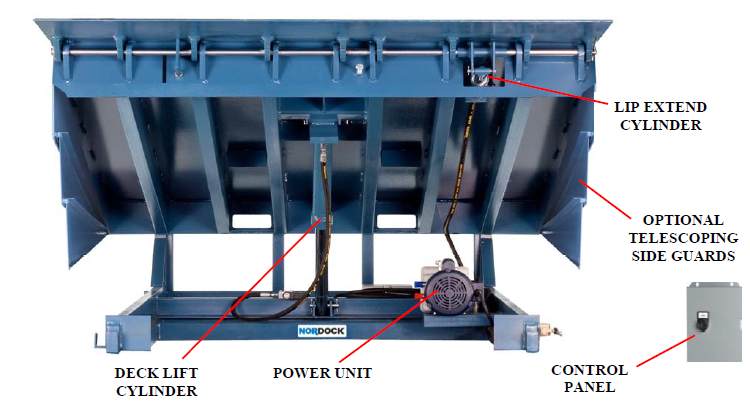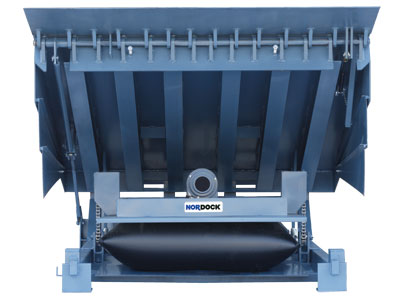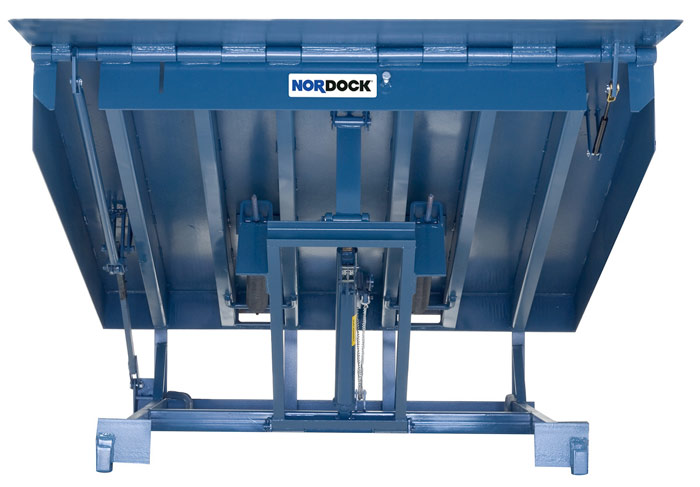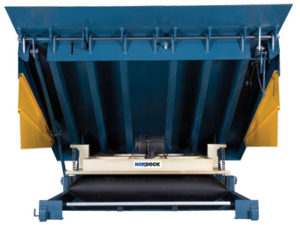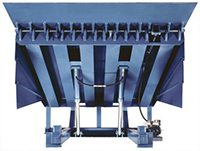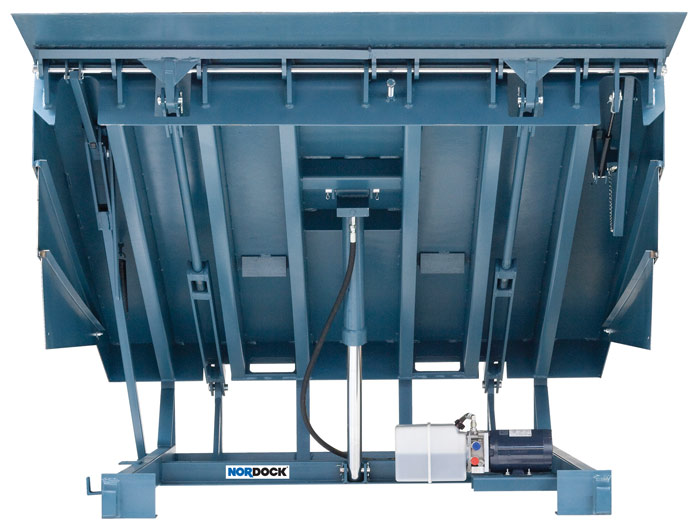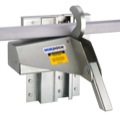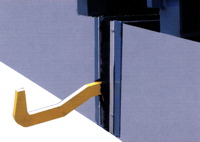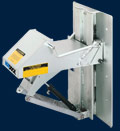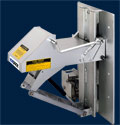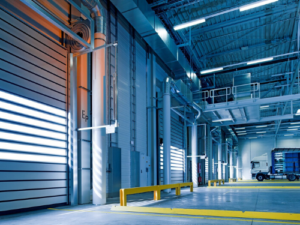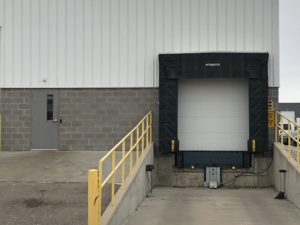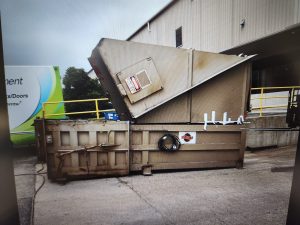
Types of Loading Dock Lifts | Loading Dock Lift Benefits - Which is Right for Your Business?
There are many different models and types of loading dock lifts on the market today, making it confusing when choosing the right one for your facility. Let’s go over some dock lift basics to help with your decision process.
Benefits of Level Loading with a Dock Lift for Unloading Trucks
The two main advantages of using a dock lift to unload trucks are:
- By using a dock lift, you are being safer than the alternative. It will protect both you and your goods.
- Dock lifts can reach from the group level to all sizes of trucks ranging from low-step vans to large reefers. There is no vehicle size that dock lifts cannot service.
Which Loading Dock Lift Is Right For You?
1. Choose Between a Top-of-Ground Dock Lift vs a Pit Mounted / Recessed Lift
Top-of-Ground Dock Lift Advantages
These units can be mounted on any flat concrete slab (be aware that these units will sink into the blacktop during the summer) and require no pit work, which avoids the extra cost of the pit. Although the cost of a top-of-ground unit may seem more money than a recessed unit, it’s important to remember, that when the cost of pit construction is added to the equipment price, top-of-ground units can be competitive in pricing over the recessed unit.
Top-of-Ground dock lifts avoid drainage issues and potential interference with underground utilities.
You have the flexibility to move the unit later if you wish. You will just have to unbolt the unit and move it with no pit left behind to fill.
Capacities range from 4,000 lbs. up to 15,000 lbs.
Platform sizes range from 6’ X 6’ up to 8’ X 12’.
There are some reports of units servicing as many as 35 years.
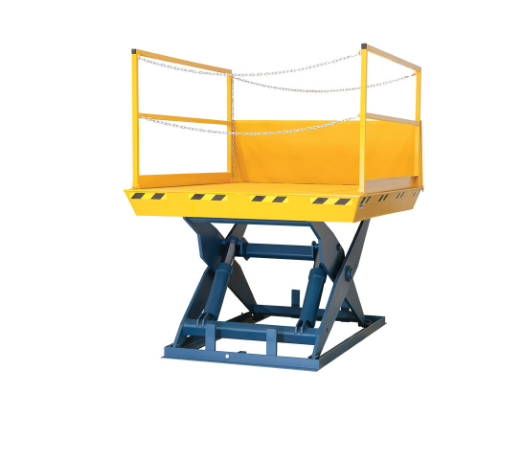
Recessed or Pit Mounted Dock Lift Advantages
These units are also called disappearing dock lifts.
Equipment costs for these units are less expensive than for top-of-ground units.
These units are mounted flush with surrounding surfaces so there is no obstacle to driving over traffic. This is important if you decide to mount your unit in a doorway.
Top of ground units have ramps that will transition loads from the platform to the ground level which can get tiring if heavy loads must be pushed up the ramps to put on the loading truck.
Standard capacities of recessed units rang up to 20,000 lbs.
Recessed units offer level loading for both ground level and truck height.
If these units are mounted within the face of docks, they will provide you with easy dock-to-ground access.
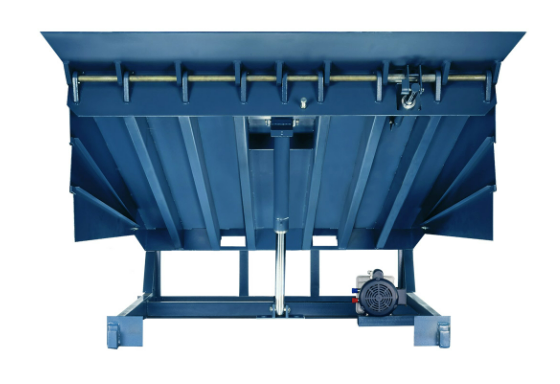
2. Determine the Platform Size
The platform size will be determined by the type of transport equipment that will be used to load and unload your trucks. The minimum suggested platform width is 6’. You should always have at least 4” of clearance on each side of the widest load.
3. Understand Your Capacities
Lifting Capacity- once you have decided on a platform size, you’ll want to add the maximum weight of your goods being transferred + the weight of the transport equipment + the weight of an operator = your lifting capacity.
Axle Rating Capacity– most manufacturers have appropriate end load axle ratings for corresponding maximum lifting capacities, but there is always the danger that you have unusual equipment and/or if your application requires traveling over the side of the lift in anything other than the fully lowered position, there is a possibility that the axle rating is marginal. We suggest comparing the axle loads produced by your equipment vs the rating of the dock lift just to be safe.
Roll Over Capacity- This will only apply to recessed units and entails the maximum axle load allowed for vehicles driving over a fully lowered lift.
4. Power Units and Controls
The up-down controls must be controlled by the operator who is riding on the lift. Standard controls for most companies are NEMA 4 pushbuttons. They are typically mounted on straight cords or coil cords.
Security options include making the cords longer so they can be connected to boxes inside of secure buildings or mounted with twist lock plugs so they can be stored in secure areas until they are needed. In other instances, the handheld controls can be replaced with key lock pushbuttons that are mounted on the platforms.
Limit switches can be added to cause the lift to stop at a specific dock height. Power units on the top-of-ground units are typically mounted on the lifts and then covered with weather protection.
Recessed lifts usually have remote power units that are mounted inside buildings, but you can order weather covers for outdoor mounting.
Oil emersion heathers are important options for power units that will be exposed to cold winter outdoor temperatures.
5. Bridges
Bridge size is dictated by the gap from the lift to the back of the truck bed which is determined by the location of the bumpers or bollards that are used to stock the truck’s progression toward the lift. You should have a 4” to 6” extension onto the truck bed.
When you have a lift inside a building with a wall between the lift and the truck, the bridge can rest against a wear strip on the wall and then will automatically reach into the truck as the lift is elevated and retract as the lift is lowered. These bridges typically are very long, but because no one needs to handle them, the extra weight is not a concern.
Bridge weight is dependent on both length and capacity. Usually, manually operated bridge weight is a concern when the bridge reaches 24” or longer. There are options to mitigate bridge weight by splitting the bridges into two sections, aluminum bridges or hydraulically operated bridges with push-button controls.
6. Other Options
Other options include special paint finishes, special platform surfaces, wheel chocks, hydraulic fluids, dates, and more!
If you are looking for a great solution for your dock lift or other dock equipment, Speed-Tech Equipment has some great products for you! We carry both the DOCK-LIFT series and the MAST-GUIDE series for dock lifts. Both are manufactured by Nordock Inc. and are both reliable & dependable! If you are confused about the different Types of Loading Dock Lifts and which would best suit your business please reach out to our team today! We’re happy to discuss options with you.
